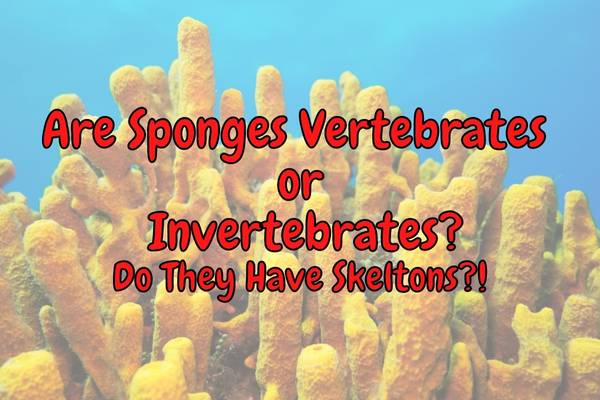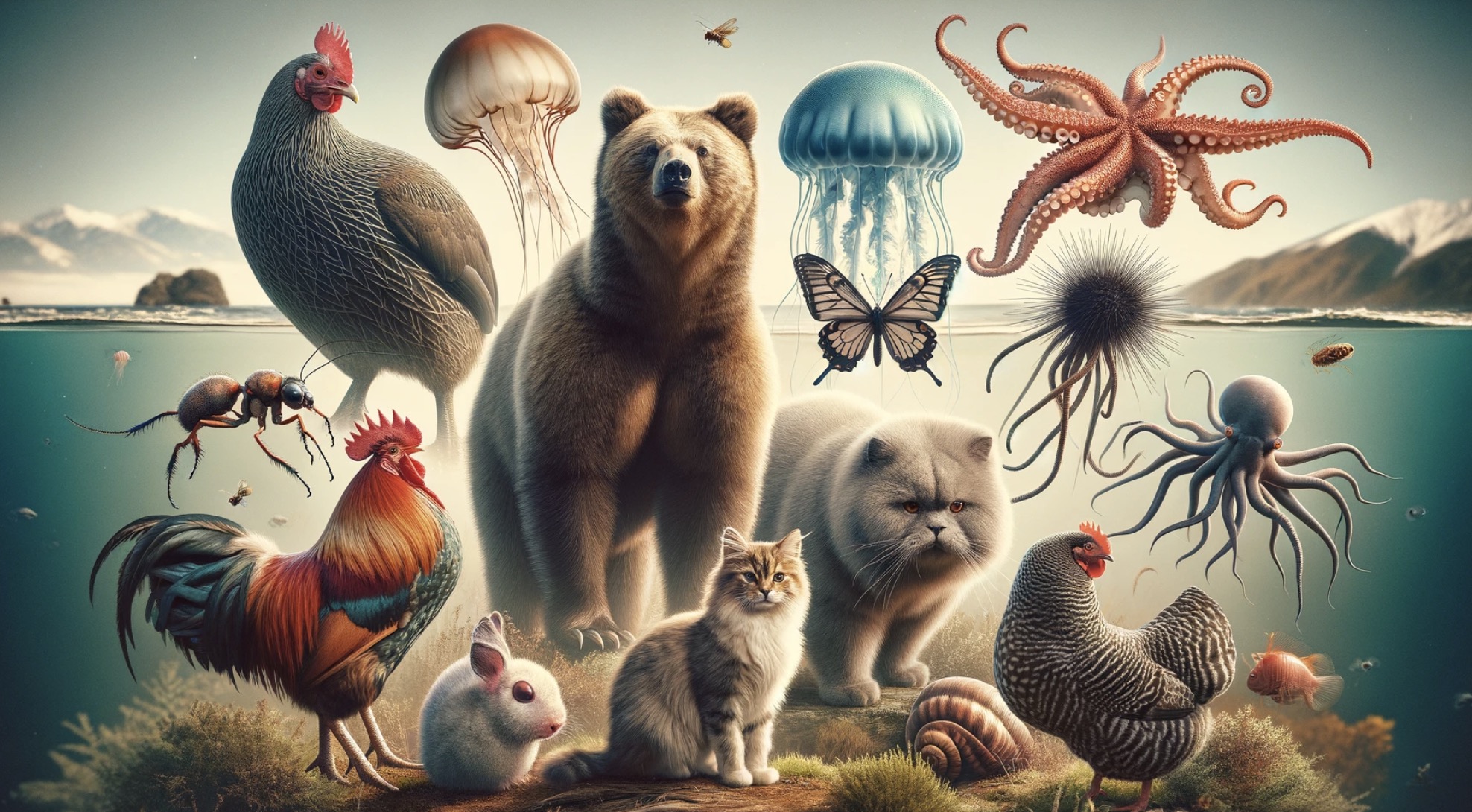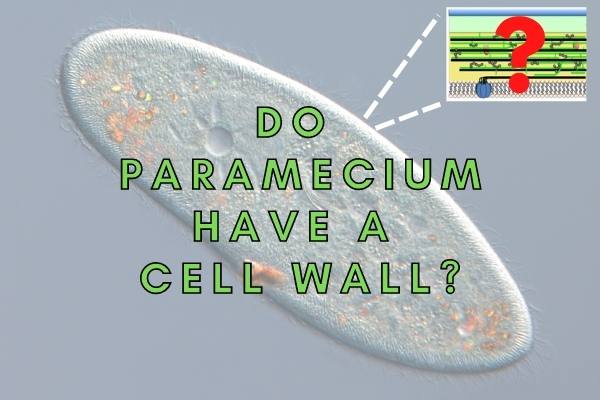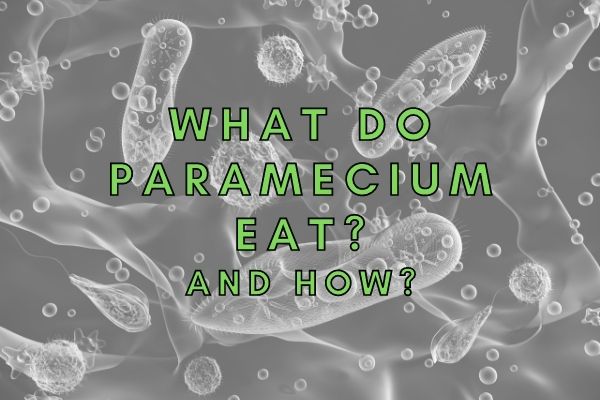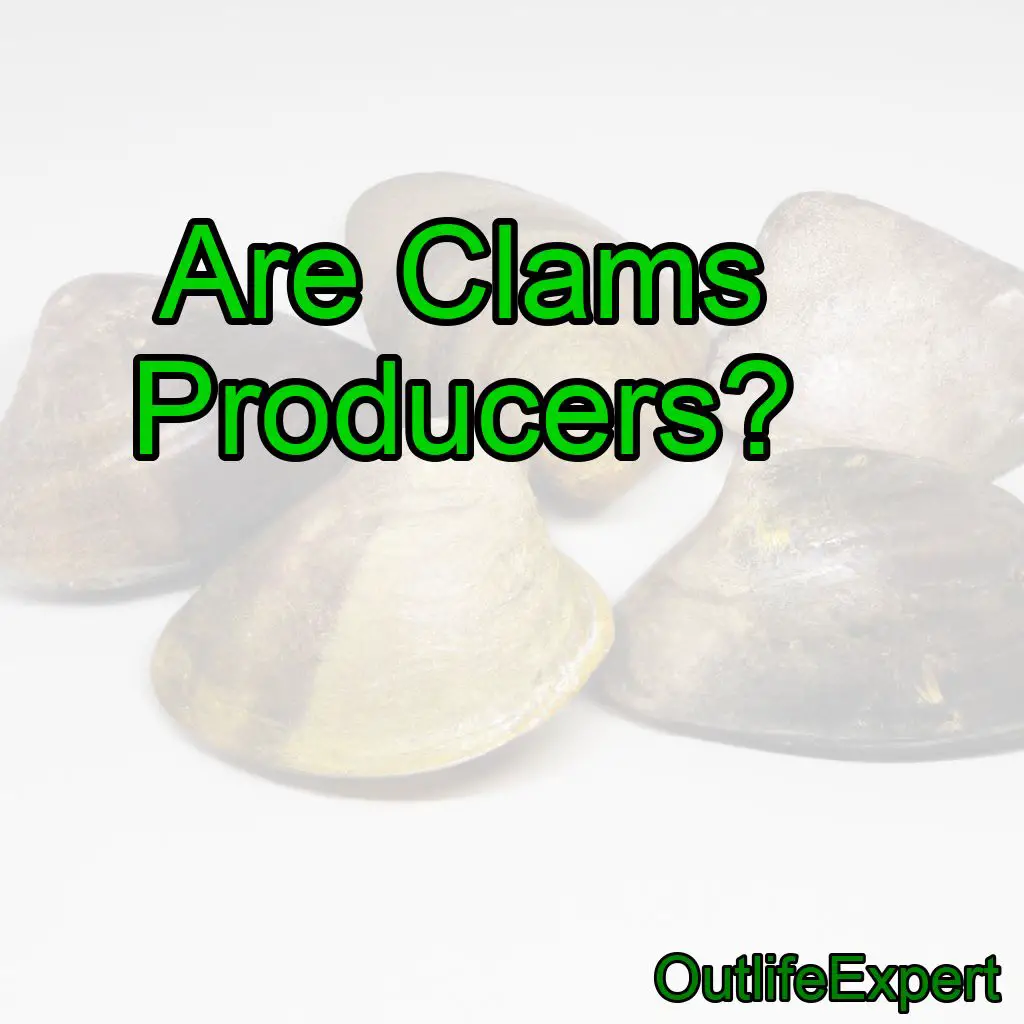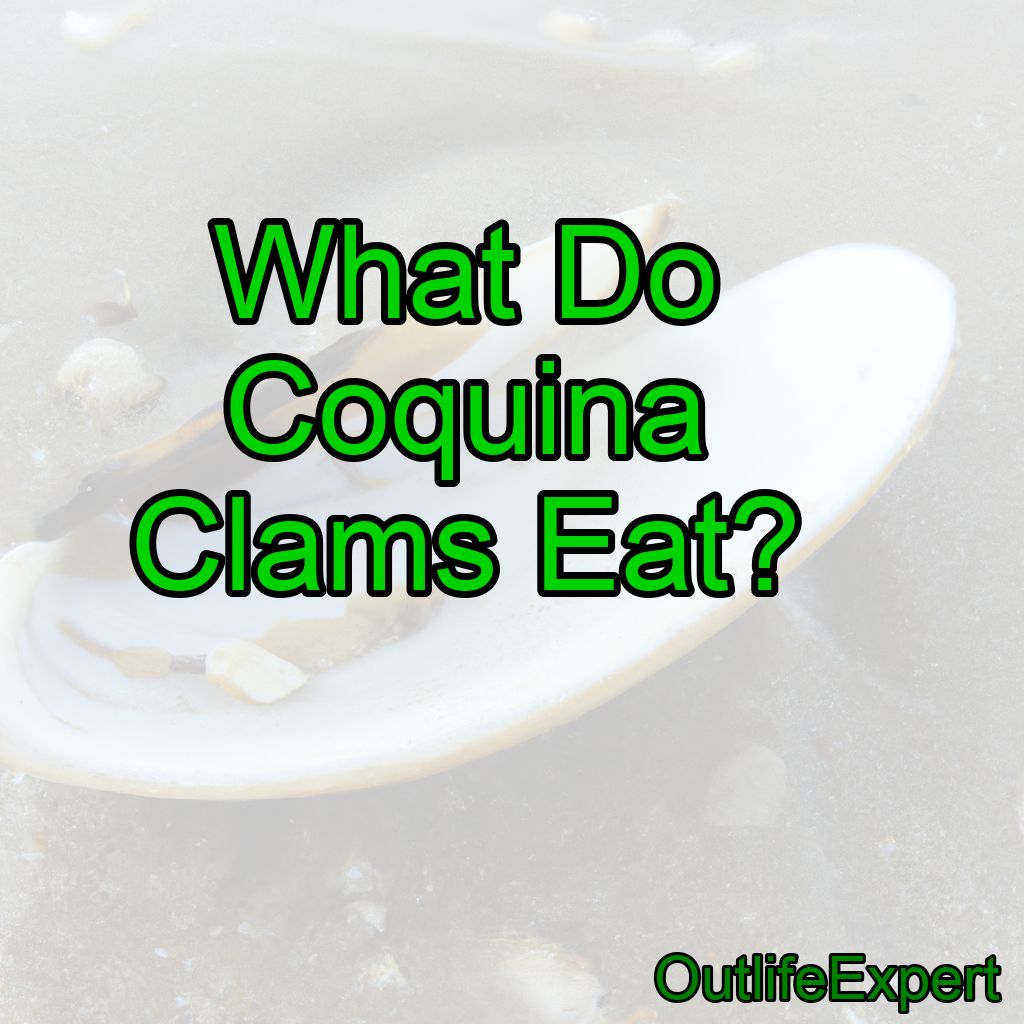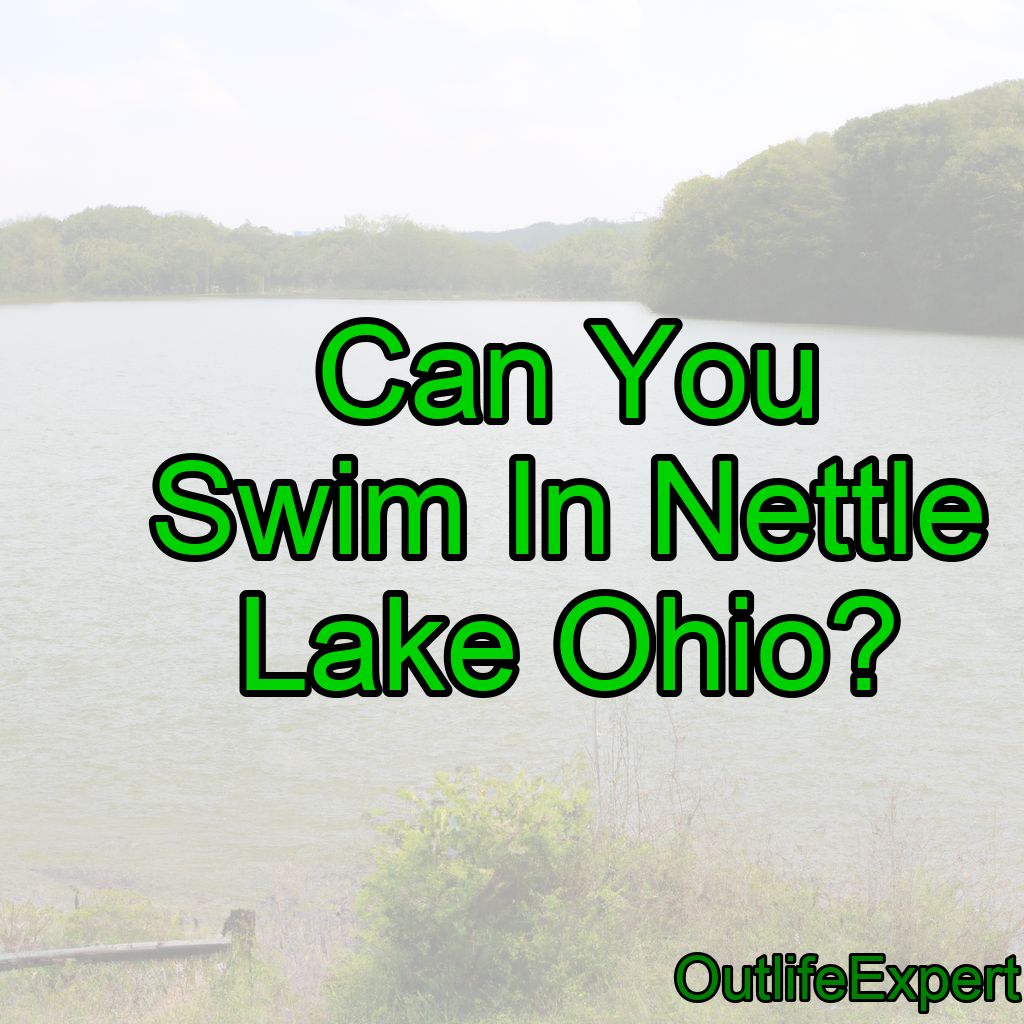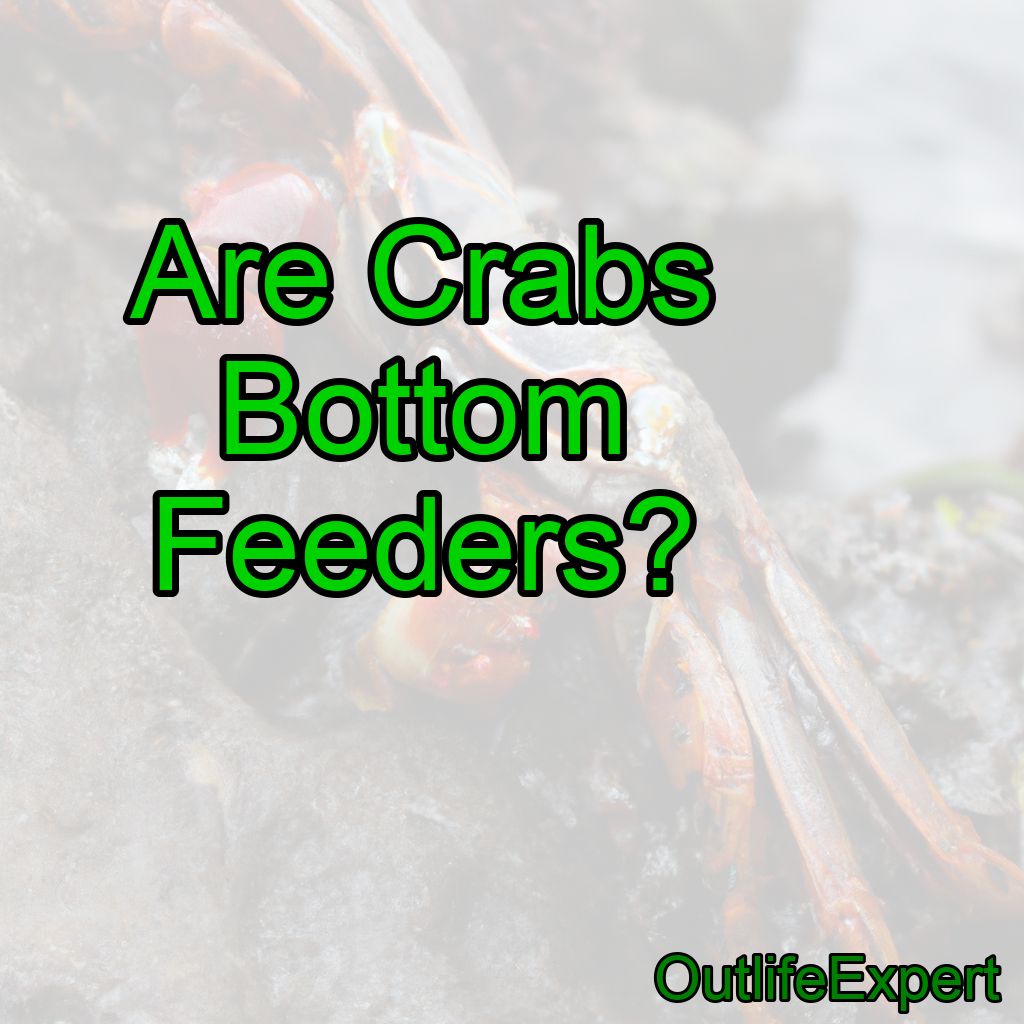Are Sponges Vertebrates? (Do They Have A Skeleton?)
Sea sponges are invertebrates. Sponges are an unusual group of animals in that they lack a nervous system. Instead, the sponges have ‘sensory cells’ that can detect chemicals in the water. Although sponges do have a skeleton made from calcium as we do, this is a very different kind of skeleton from what vertebrate animals…

